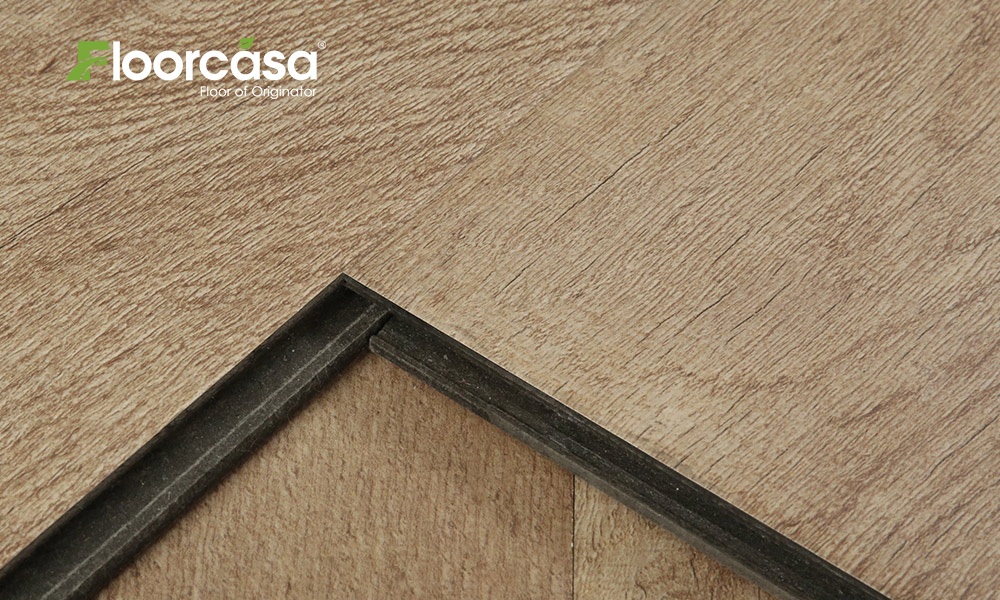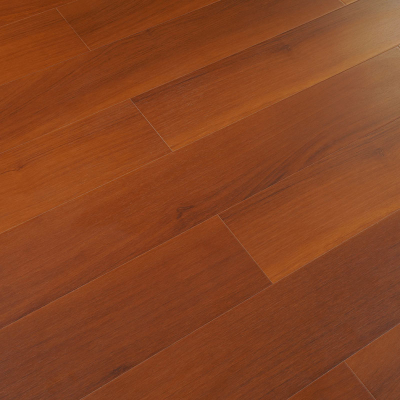Is Carbon Flooring the Future of Home Design?
Carbon flooring is an emerging innovation in the flooring industry, offering significant advancements in durability, sustainability, and aesthetics. While traditional flooring materials such as hardwood, laminate, and tile continue to dominate the market, carbon-infused flooring is beginning to capture attention as a game-changer in home design. But what exactly is carbon flooring, and does it truly represent the future of home design? In this article, we will explore its properties, benefits, applications, and whether it is poised to become the next big trend in the flooring industry.
What is Carbon Flooring?
Composition and Structure
Carbon flooring typically incorporates carbon fiber or carbon composites within its construction. This material composition is designed to enhance the flooring’s strength, flexibility, and resistance to wear and tear. Carbon fibers are lightweight yet extremely durable, making them ideal for use in high-performance flooring applications. The carbon component in the flooring material enhances its structural integrity and improves its moisture resistance, thermal conductivity, and sustainability.
In addition to carbon fibers, the flooring may also include resins or polymer-based materials, which are used to bond the components and enhance the aesthetic appeal.
Types of Carbon Flooring
Carbon Fiber Reinforced Composite Flooring: Carbon fibers are embedded into a composite matrix for extra strength and lightweight properties.
Carbon Infused Vinyl Flooring: Vinyl flooring is enhanced with carbon to improve its durability and resistance to scratches, stains, and wear.
Carbon-Based Laminate Flooring: A hybrid of carbon-infused resins combined with laminate technology for superior performance.
Advantages of Carbon Flooring
1. Exceptional Durability
One of the most significant advantages of carbon flooring is its durability. Carbon fiber and carbon-infused composites are incredibly strong and resistant to wear, making them ideal for high-traffic areas. The carbon component adds substantial strength to the flooring material, providing a long-lasting solution for residential and commercial spaces.
2. Lightweight and Flexible
Despite its strength, carbon flooring is relatively lightweight, making it easier to handle and install compared to traditional materials like stone or tile. This flexibility also allows for a variety of installation methods, including click-lock systems and adhesive applications.
3. Sustainability
Carbon-infused flooring materials offer potential environmental benefits. The lightweight nature reduces transportation costs and energy consumption, while the long lifespan of carbon flooring minimizes the need for frequent replacements. Additionally, carbon flooring materials can be made from recycled carbon composites, enhancing their sustainability.
4. Enhanced Aesthetic Appeal
Carbon flooring offers a sleek, modern aesthetic that can complement a variety of design styles. The unique texture and appearance of carbon-infused flooring can add a high-tech, sophisticated touch to both residential and commercial spaces.
5. Moisture and Temperature Resistance
The moisture-resistant properties of carbon flooring make it ideal for spaces like kitchens, bathrooms, and basements. Furthermore, carbon flooring’s thermal conductivity properties contribute to maintaining a comfortable environment in homes, making it suitable for use with underfloor heating systems.
Is Carbon Flooring a Viable Option for Home Design?
1. Cost Considerations
Carbon flooring, due to its advanced technology and materials, tends to be more expensive than traditional flooring options. However, its durability, low maintenance needs, and long lifespan could offset the initial investment over time. Homeowners willing to pay a premium for advanced performance and sustainability may find it a worthwhile option.
2. Applications in Home Design
Carbon flooring can be used in various applications, including:
Living Rooms: The aesthetic appeal of carbon flooring enhances modern and minimalist interior designs.
Kitchens: Its moisture resistance makes it a great option for high-humidity areas.
Basements: Carbon flooring can withstand fluctuations in temperature and humidity, making it suitable for basements prone to moisture.
Bathrooms: The water-resistant properties of carbon flooring make it an excellent choice for wet areas.
3. Maintenance and Longevity
Carbon flooring is low-maintenance and requires less upkeep than traditional materials like wood or marble. Regular cleaning with mild, non-abrasive solutions is usually sufficient to maintain its appearance. Its longevity is further enhanced by its scratch and stain resistance, ensuring that it retains its aesthetic appeal for years.
Industry Standards and Materials
To ensure the high performance and safety of carbon flooring, it must adhere to specific industry standards. These include:
ASTM F3261: Standard guide for performance requirements for composite flooring systems.
ISO 9001: Certification for quality management systems, ensuring the manufacturing process meets stringent quality control measures.
ISO 14001: Environmental management standards, ensuring that the flooring is sustainably produced and energy-efficient.
EN 13329: European standard for laminate flooring performance, ensuring that carbon-infused laminate meets industry benchmarks for durability, wear resistance, and safety.
Frequently Asked Questions (FAQ)
Q1: How durable is carbon flooring compared to traditional materials like hardwood or tile?
Carbon flooring is significantly more durable than many traditional materials. It resists wear, scratches, and moisture damage, providing a long-lasting solution even in high-traffic areas.
Q2: Is carbon flooring environmentally friendly?
Yes, carbon flooring can be made from recycled materials and offers a longer lifespan, reducing the need for frequent replacements and contributing to sustainability.
Q3: Can carbon flooring be installed in bathrooms and kitchens?
Yes, carbon flooring’s moisture-resistant properties make it an excellent option for kitchens, bathrooms, and other high-humidity areas.
Q4: Is carbon flooring more expensive than traditional flooring?
Yes, carbon flooring typically costs more upfront due to the advanced technology involved. However, its durability and long lifespan may provide a better overall value in the long term.
Call to Action
As carbon flooring continues to evolve, it’s becoming an attractive option for homeowners seeking durability, sustainability, and modern aesthetics in their flooring solutions. Whether renovating a bathroom or designing a contemporary living room, carbon flooring provides exceptional performance and a sleek, high-tech look that enhances the overall design of any space. Contact us today to learn more about how carbon flooring can elevate your home design and provide a lasting, low-maintenance solution for your flooring needs.






